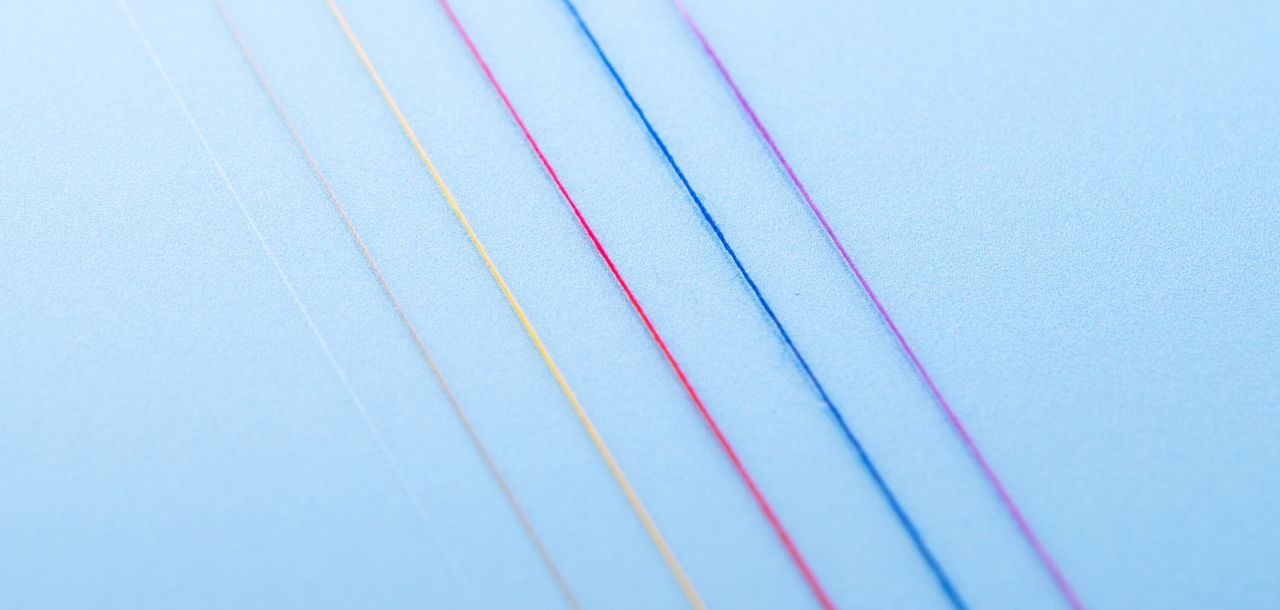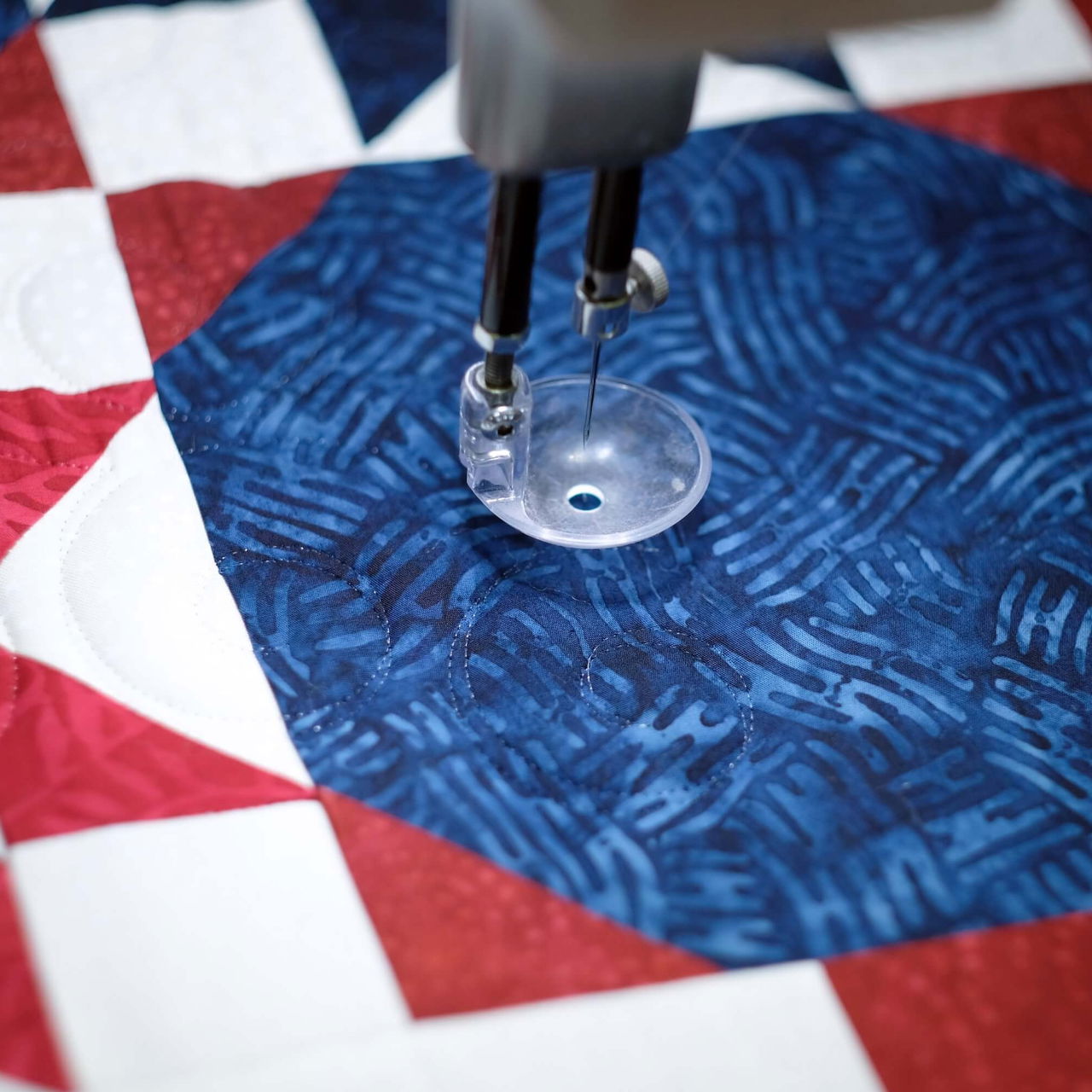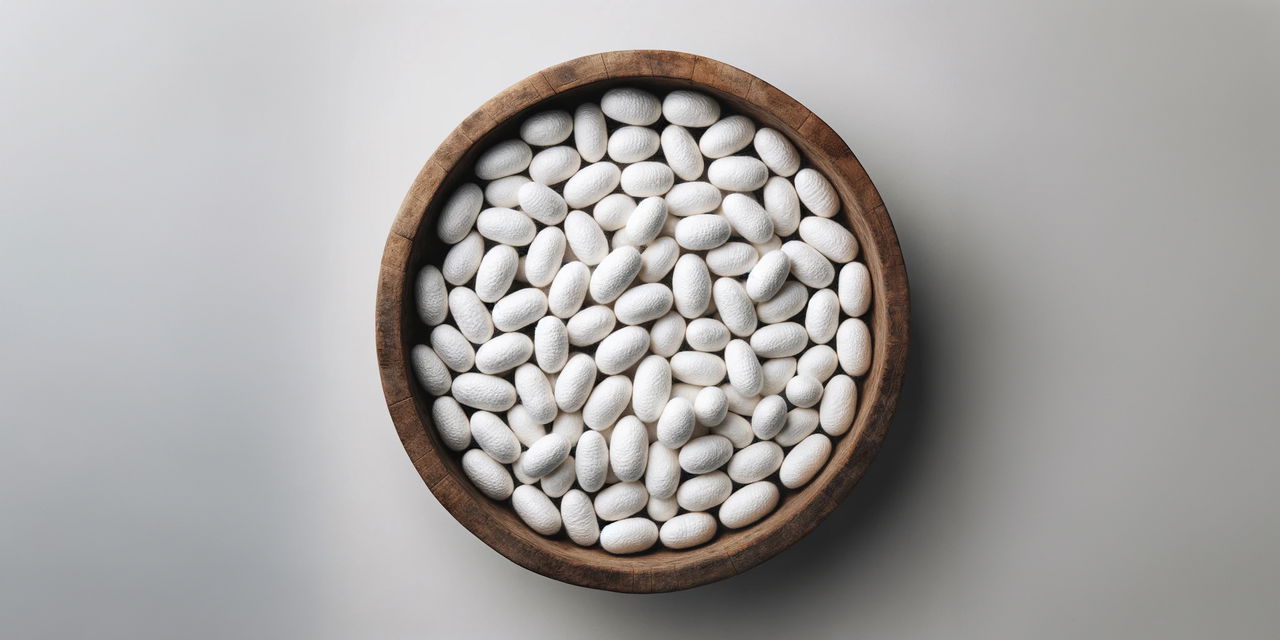UPDATED: OCTOBER 10, 2024
All about threads
Understanding Thread Weight and Thickness

Thread weight is a topic that might seem mundane at first glance, but when you delve into the world of quilting, embroidery, sewing, and upholstery, it reveals a world of complexity and detail that can be as intricate as the stitches themselves. Whether you’re a seasoned quilter or just dipping your toes into the fantastically enjoyable world of sewing, quilting, or embroidery, understanding thread weight and its measurement systems can make a huge difference in the outcome of your project. Let’s unravel the mystery of thread weight, all while keeping it light-hearted and fun.
The Basics of Thread Measurement
Before we dive into specific applications and techniques, it’s essential to grasp the basic concepts of thread measurement. Thread is measured in various ways, and each method offers a unique perspective on the thread's thickness and suitability for different tasks. Below are the most commonly used terms associated with the thickness, diameter, heft, width, or hand-feel of thread (all synonymous with weight).
Composition Standard:
This system is helpful for describing specific traits about thread, including how many plies are twisted together to form the final thread. Unsure of its origin, we have seen this standard applied on cotton, polyester, and synthetic threads. A thread labeled as 30/3 indicates it's a No. 30 thread and is made up of 3 plies. This tells you about the thread’s thickness and its structure.
The number "30" refers to the thickness of the thread, where lower numbers indicate a thicker thread and higher numbers are finer. The "3" represents how many strands, or individual plies, are twisted together to make the thread.
Denier:
This system is primarily used for synthetic embroidery threads and certain fabrics (does 400 denier ripstop nylon material sound familiar?). Popularized by rayon embroidery threads, denier measures the weight in grams of 9,000 meters of thread. If 9,000 meters of thread weigh 120 grams, it's 120 denier. Larger numbers indicate thicker threads.
Denier is an established industry standard for measuring filament threads, including rayon. Because rayon is a filament fiber (meaning it is continuous, compared to staple fibers which are cut into predictable lengths and twisted together to create a long strand), denier is particularly suited to measuring its thickness. This standardization facilitates global trade and was recognized by the International Standards Organization many decades ago as the primary measurement for synthetic embroidery threads. If you have cones or spools of embroidery threads, you may see 120d/2 on the label. This means that it is a 120 denier (thick) x two plies twisted together.
We choose to classify all our threads using the Weight system, embracing the industry standard for quilting and sewing, to ensure clarity and consistency.
Gunze Count (Number) System:
This method for determining thread diameter is a Japanese method used to measure the thickness of synthetic fibers, like those in threads and yarns. It works by measuring how long a thread is to weigh one gram. In practical terms, a thread labeled as Gunze 150 means that 150 kilometers of this thread weighs one gram, indicating it's very fine. Conversely, a thread labeled as Gunze 20 would be thicker since only 20 kilometers of it weighs one gram. This system is primarily used by Japanese textile mills during the production process to ensure the exactness of the primary fibers that come together to form the final thread that we use.
This method is like other fiber thickness measurements like Denier and Tex, but the Gunze Count is widely used in Japan’s textile mills, aligning with international manufacturing standards. It's important that all textiles meet consistent quality standards, making it easier for manufacturers to produce reliable products.
Tex:
This is a measurement system that determines the weight of 1,000 meters of thread in grams. For example, if 1,000 meters of thread weighs 25 grams, it is classified as Tex 25. The higher the Tex number, the thicker the thread. The Tex system simplifies understanding the physical properties of threads by comparing their diameters based on weight. Consider two threads, both made from the same fiber but with different thicknesses. Thread A is fine and lightweight; 1,000 meters of it weighs 10 grams, categorizing it as Tex 10. On the other hand, Thread B is a heavy-duty, thick upholstery thread; 1,000 meters of it weighs 92 grams, making it Tex 92. Despite both being 1,000 meters long and made from the same material, Thread B is much thicker, as reflected in its higher number.



Forty-weight threads are the most popular thread weight for embroidery.



Quilting with an extra-fine monofilament thread, like Invisible Thread, keeps the focus on the backing fabric.
Weight:
Particularly used for natural fibers like cotton and silk, indicates how much length is needed to reach one kilogram. For example, if it takes 40 kilometers of thread to weigh one kilogram, the thread is classified as 40-weight (40 wt.). In this system, smaller numbers signify heavier threads. Unlike the Tex and Denier systems, where larger numbers indicate thicker threads, the weight system works inversely: larger numbers mean thinner threads.
Below are the calculations to understand how a thread can be defined in Denier, Tex, and Weight using a 50 wt. thread as the example.
Denier to Tex:
Formula: Tex = Denier x 0.111
Example: For 180 denier, Tex = 180 x 0.111 = 19.98 (approximately 20)
Denier to Weight:
Formula: Weight = 9000 / Denier
Example: For 180 denier, Weight = 9000 / 180 = 50
Tex to Denier:
Formula: Denier = Tex x 9
Example: For Tex 20, Denier = 20 x 9 = 180
Tex to Weight:
Formula: Weight = 1000 / Tex
Example: For Tex 20, Weight = 1000 / 20 = 50
Weight to Denier:
Formula: Denier = 9000 / Weight
Example: For a 50 wt. thread, Denier = 9000 / 50 = 180
Weight to Tex:
Formula: Tex = 1000 / Weight
Example: For a 50 wt. thread, Tex = 1000 / 50 = 20
Example for a 50 wt. thread:
A 50 wt. thread equals 180 denier and Tex 20, showing consistent results across all conversions.

Conclusion
As we wrap up this exploration of thread weight and its various measurement systems, we've delved into the intricacies that influence your embroidery, quilting, and sewing projects. Understanding these distinctions will help you understand the relationship between thread thickness, applications and techniques, and its role in how your stitches will appear in your finished project.
Whether you're embroidering a densely filled design, quilting a cozy quilt for a grandchild, or sewing an upholstered cushion for your outdoor sofa, understanding thread weight and its properties will better prepare you to understand the outcome before you even start.
Happy quilting!
Quilting Threads
Embroidery Threads
Sewing Threads
EDUCATION ARTICLE BY BOB PURCELL
PUBLISHED ON JUNE 13, 2024
More Silk Thread Articles

Lorem ipsum
6 Things You Didn’t Know About Silk
Lorem ipsum dolor sit amet consectetur. Risus volutpat venenatis diam eu.
read More

Lorem ipsum
Material Guide: How Sustainable is Silk?
Lorem ipsum dolor sit amet consectetur. Risus volutpat venenatis diam eu.
read More

Lorem ipsum
How to Build Better Silk
Lorem ipsum dolor sit amet consectetur. Risus volutpat venenatis diam eu.
read More